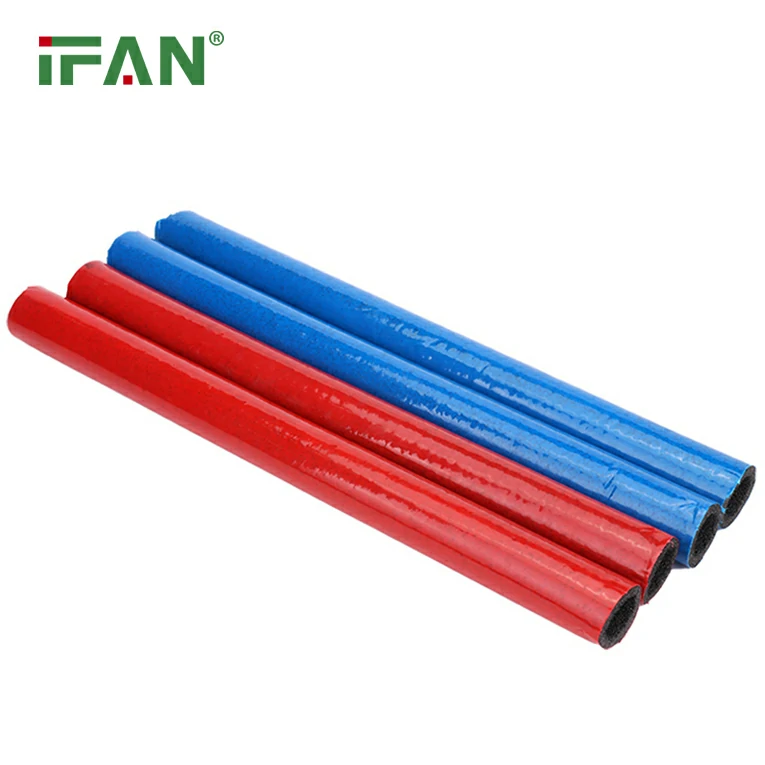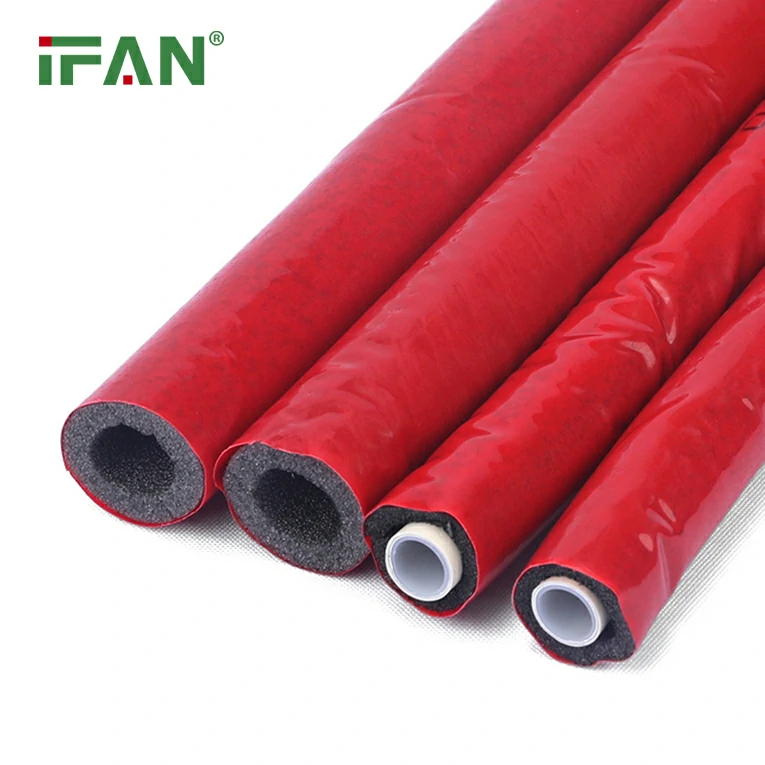Brass press fitting is a type of plumbing fitting that is used to connect pipes in a building or a household. These fittings are made out of brass, which is a sturdy and durable metal that is resistant to corrosion and rust. This type of fitting is commonly used in plumbing applications around the world because it is easy to install and requires minimal maintenance.

The brass press fitting is used in many different plumbing applications, including water distribution, heating systems, air conditioning systems, and gas supply systems. These fittings are preferred over other types of fittings because they are easy to install and can be used with a variety of pipes, including copper, steel, and plastic. The fitting has a built-in rubber seal that helps prevent leaks and ensures a tight seal between the pipes.
The installation of brass press fittings is a straightforward process that can be completed by anyone with basic plumbing knowledge. To begin, you will need to measure the diameter of the pipe that you wish to connect. You will then need to choose the appropriate size of the brass press fitting to ensure a proper fit.
Once you have the appropriate fitting, you will need to clean the ends of the pipes that you wish to join. This is important because any dirt or debris on the surface of the pipes can prevent the rubber seal from creating a tight seal. After cleaning the pipes, you can then place the brass press fitting onto the ends of the pipes and apply pressure to secure the fitting in place.

The final step in the process is to test the connection for leaks. This can be done by turning on the water or the gas supply and checking for any signs of water or gas leakage. If there are no leaks, then the connection is secure and ready for use.
In conclusion, brass press fittings are a reliable and convenient plumbing solution that can be used in a variety of applications. They are easy to install, require minimal maintenance, and are resistant to corrosion and rust. When using brass press fittings, it is important to follow the manufacturer’s instructions carefully to ensure a proper and secure connection. With proper installation and maintenance, brass press fittings can provide a reliable and leak-free connection for years to come.






